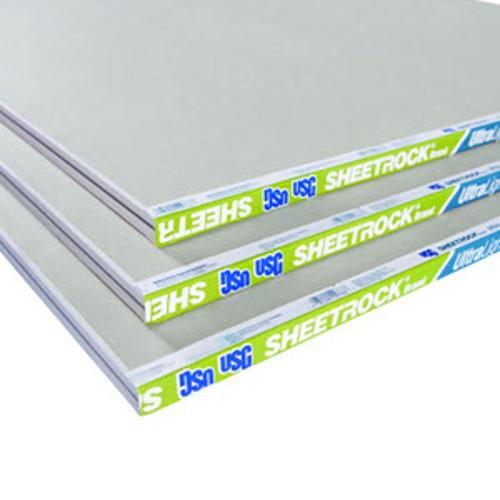
Walls are an integral part of any structure, providing support, insulation, and aesthetic appeal. Have you ever wondered what materials are used to construct walls? In this comprehensive blog post, we will delve into the world of wall construction materials, exploring their properties, advantages, and current trends. From traditional materials to innovative solutions, we will uncover the secrets behind the walls that surround us.
- Traditional Wall Construction Materials:
1.1 Brick:
Brick, a timeless material, has been used for centuries in wall construction. Its durability, thermal insulation properties, and aesthetic appeal make it a popular choice. We will explore the different types of bricks, such as clay bricks and concrete bricks, and discuss their advantages and limitations.
1.2 Stone:
Stone walls exude a sense of grandeur and timelessness. We will discuss various types of stones used in wall construction, including granite, limestone, and sandstone. Understanding their unique characteristics and how they contribute to the strength and beauty of walls will be our focus.
1.3 Concrete:
Concrete, a versatile material, has revolutionized the construction industry. We will explore the composition of concrete walls, including the use of aggregates, cement, and water. Additionally, we will discuss reinforced concrete walls and their ability to withstand structural loads.
- Modern Wall Construction Materials:
2.1 Structural Insulated Panels (SIPs):
SIPs are gaining popularity due to their energy efficiency and ease of installation. We will delve into the composition of SIPs, which typically consist of a foam core sandwiched between two structural panels. Their thermal insulation properties and structural integrity make them an attractive choice for contemporary construction.
2.2 Fiber Cement:
Fiber cement offers a durable and low-maintenance alternative to traditional materials. We will explore the composition of fiber cement walls, which typically consist of cement, cellulose fibers, and additives. Its resistance to fire, pests, and rot makes it a practical choice for both residential and commercial buildings.
2.3 Green Wall Systems:
With sustainability at the forefront of construction practices, green wall systems have gained popularity. We will discuss the use of living plants as wall coverings, exploring their benefits in terms of air purification, thermal insulation, and aesthetic appeal. Additionally, we will touch upon vertical gardens and their integration into urban environments.
- Emerging Trends and Innovations:
3.1 3D-Printed Walls:
The advent of 3D printing technology has opened up new possibilities in wall construction. We will explore the use of 3D-printed materials, such as concrete and clay, and discuss the advantages they offer in terms of customization, cost-effectiveness, and reduced construction time.
3.2 Smart Walls:
Smart walls incorporate advanced technologies to enhance functionality and energy efficiency. We will delve into the world of smart materials, such as electrochromic glass and phase-change materials, which can dynamically adjust transparency and thermal properties. These innovations have the potential to revolutionize the way we interact with our living spaces.
Conclusion:
From the traditional charm of brick and stone to the cutting-edge technologies of 3D-printed and smart walls, the materials used in wall construction have evolved significantly. Understanding the properties and applications of these materials is crucial for architects, engineers, and homeowners alike. By staying informed about the latest trends and innovations, we can create walls that not only stand the test of time but also contribute to sustainable and efficient built environments. So, next time you admire a wall, remember the secrets it holds and the materials that bring it to life.